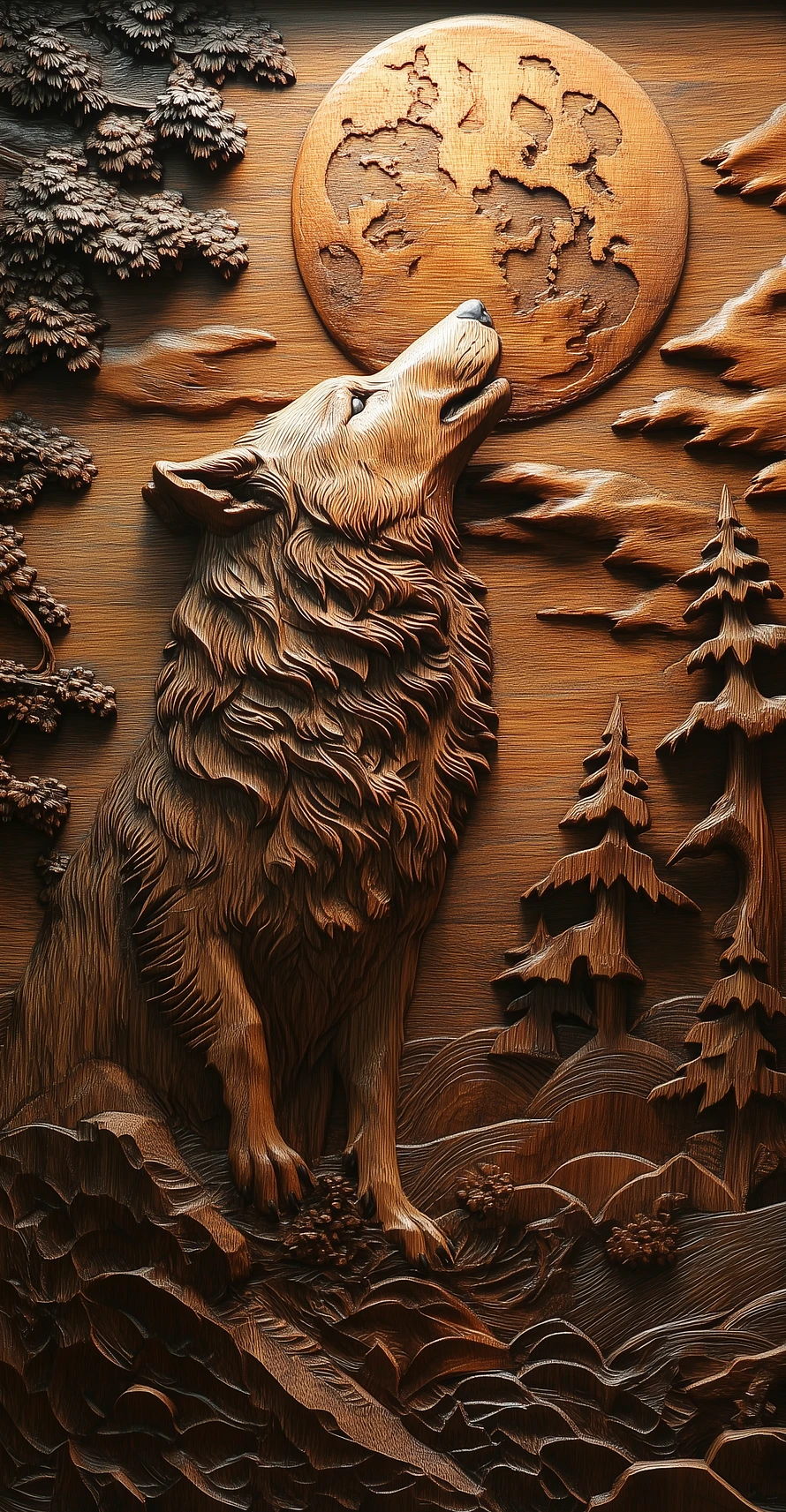The Wolf Howling at the Moon: Imagery, Symbolism, and Cultural Meaning
Introduction
Few images evoke as much mystery and primal energy as the silhouette of a wolf howling at the moon. It’s a scene found across cultures, mythologies, and popular media, conjuring feelings of wild freedom, solitude, and connection to nature. But what does this iconic image truly mean? Let’s delve into the rich symbolism and psychological resonance behind the wolf and the moon—and why their union continues to captivate us.
The Wolf: A Symbol of Duality
The wolf has long walked the line between fear and fascination. In many traditions, it is seen as both protector and predator. In Native American spirituality, the wolf is a pathfinder—a teacher of instinct, loyalty, and personal truth. In Norse mythology, wolves are apocalyptic forces as well as sacred companions of the gods.
The howl, in particular, is not just a call but a declaration—of presence, territory, longing, and sometimes sorrow. It is the voice of the wild made audible. When a wolf howls, it’s not just communicating; it’s embodying freedom, solitude, and survival.
The Moon: A Timeless Symbol of Mystery
The moon has always symbolized the subconscious, the feminine, the mysterious, and the cyclical. Associated with tides and time, it represents change, emotion, and the rhythms of nature. Many ancient cultures believed the moon was a deity or a spiritual force watching over the earth.
Its phases—from new to full—mirror the journey of growth, transformation, and renewal. In literature and art, the moon is often a silent witness to emotion, transformation, and the liminal space between day and night, light and shadow.
Howling at the Moon: A Convergence of Wild and Wondrous
When the wolf howls at the moon, these symbols intertwine. The wolf becomes not just a creature of instinct, but a seeker of something beyond itself. The moon, silent and unreachable, becomes a cosmic mirror reflecting the wolf’s soul.
This image can represent:
-
Loneliness and longing: The howl can be heard as a cry into the void, a desire to connect.
-
Transformation: Often associated with werewolf mythology, the moon’s pull triggers change and reveals hidden selves.
-
Freedom and wildness: The untouched wilderness, the call of the untamed.
-
Spiritual awakening: The wolf, guided by lunar energy, as a metaphor for inner wisdom seeking higher knowledge.
Cultural and Modern Interpretations
In modern pop culture, from tattoos to album covers, the wolf howling at the moon is a symbol of rebellion, individuality, and mysticism. It can be both romantic and raw—a nod to one's primal side or a yearning for something greater.
Psychologically, it speaks to the parts of ourselves that crave expression without judgment. That howling wolf? Maybe it's the part of you that doesn’t want to conform, that wants to scream into the night and be heard.
Conclusion: Why the Image Endures
The image of the wolf howling at the moon endures because it speaks to something ancient and universal. It represents the wilderness both around us and within us—the tension between instinct and awareness, solitude and connection, nature and spirit.
Whether viewed as myth, metaphor, or meditation, this evocative image continues to inspire artists, thinkers, and seekers across generations. So next time you see a wolf silhouetted against the moon, pause. Listen. What part of you is howling too?

